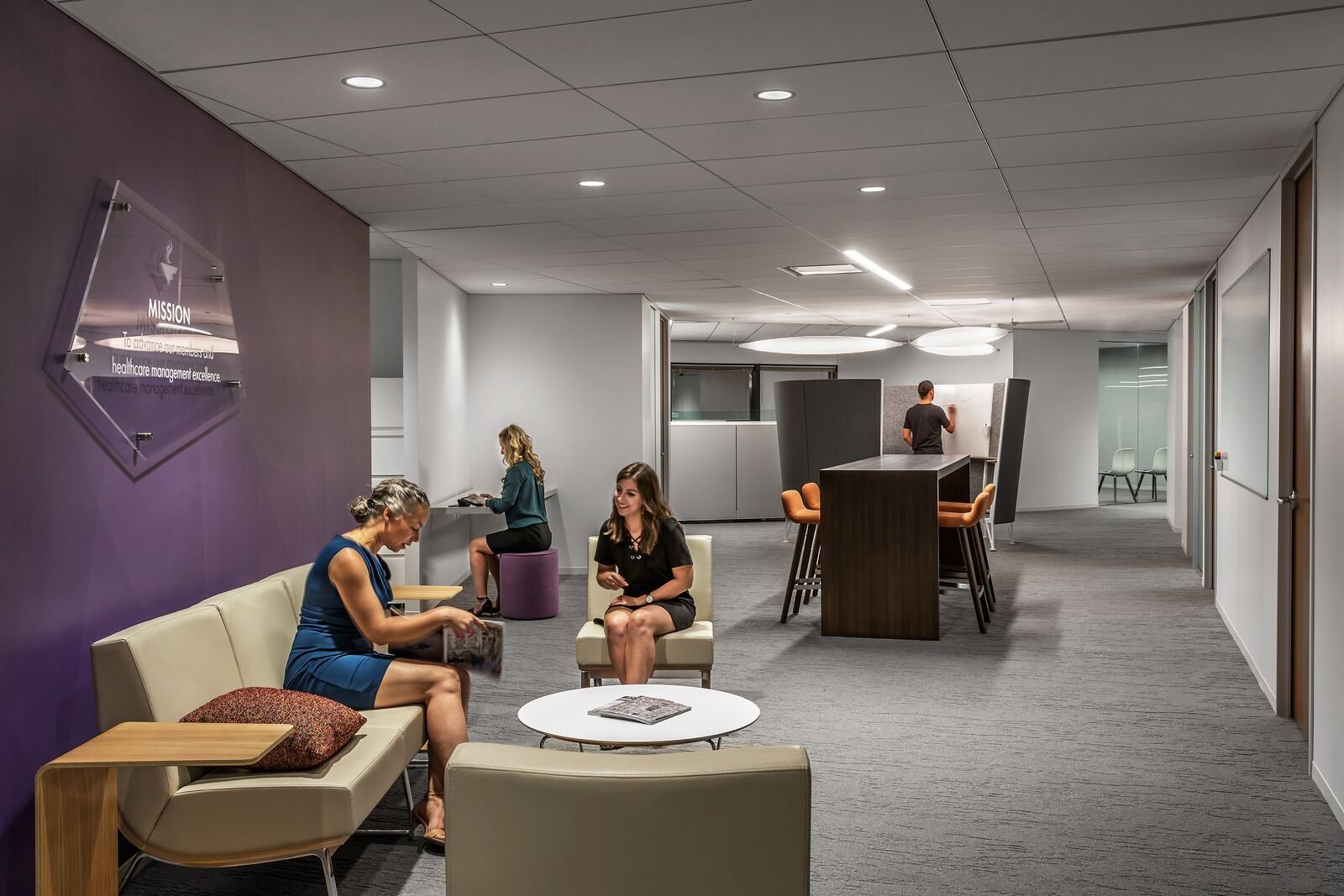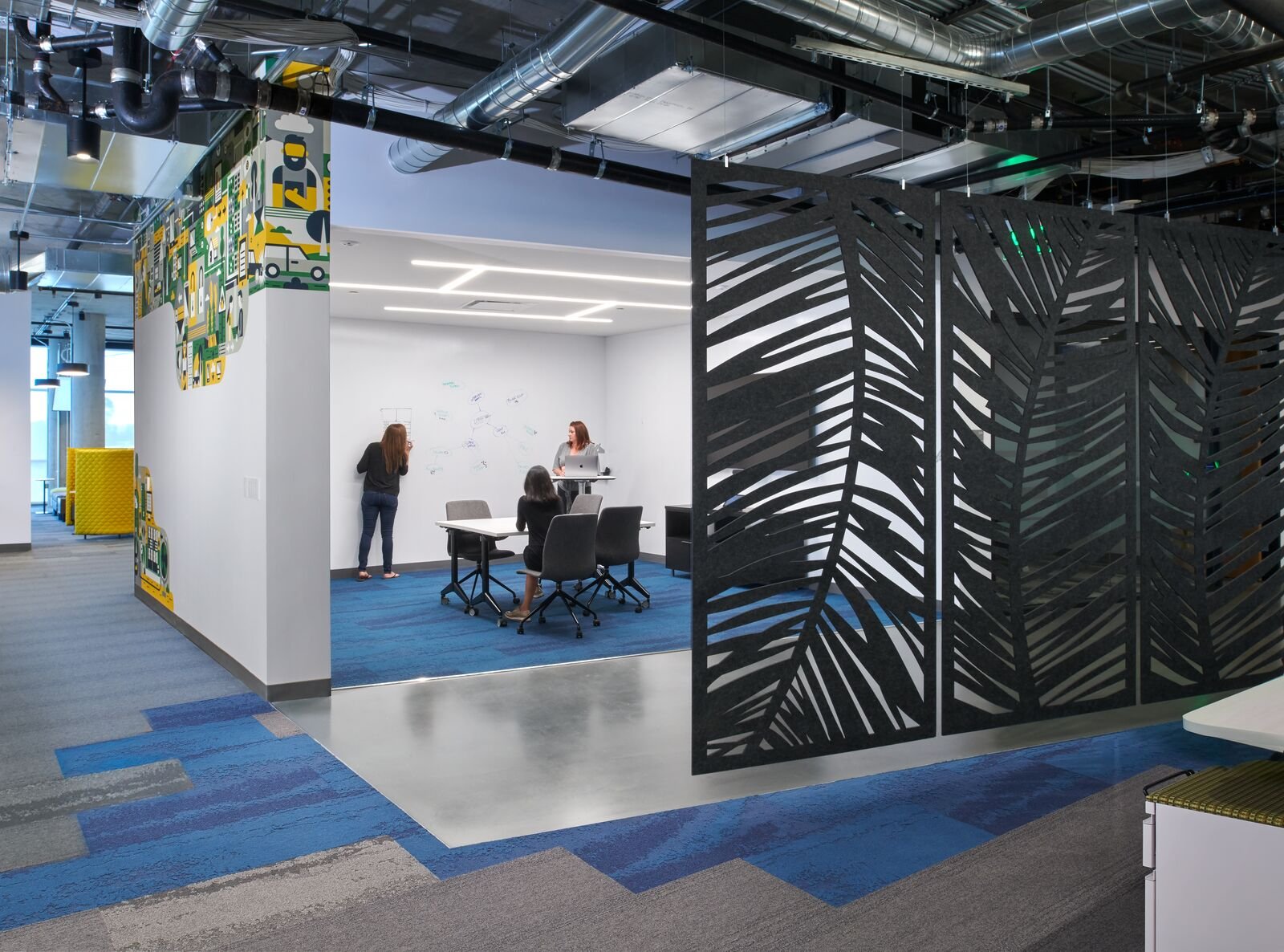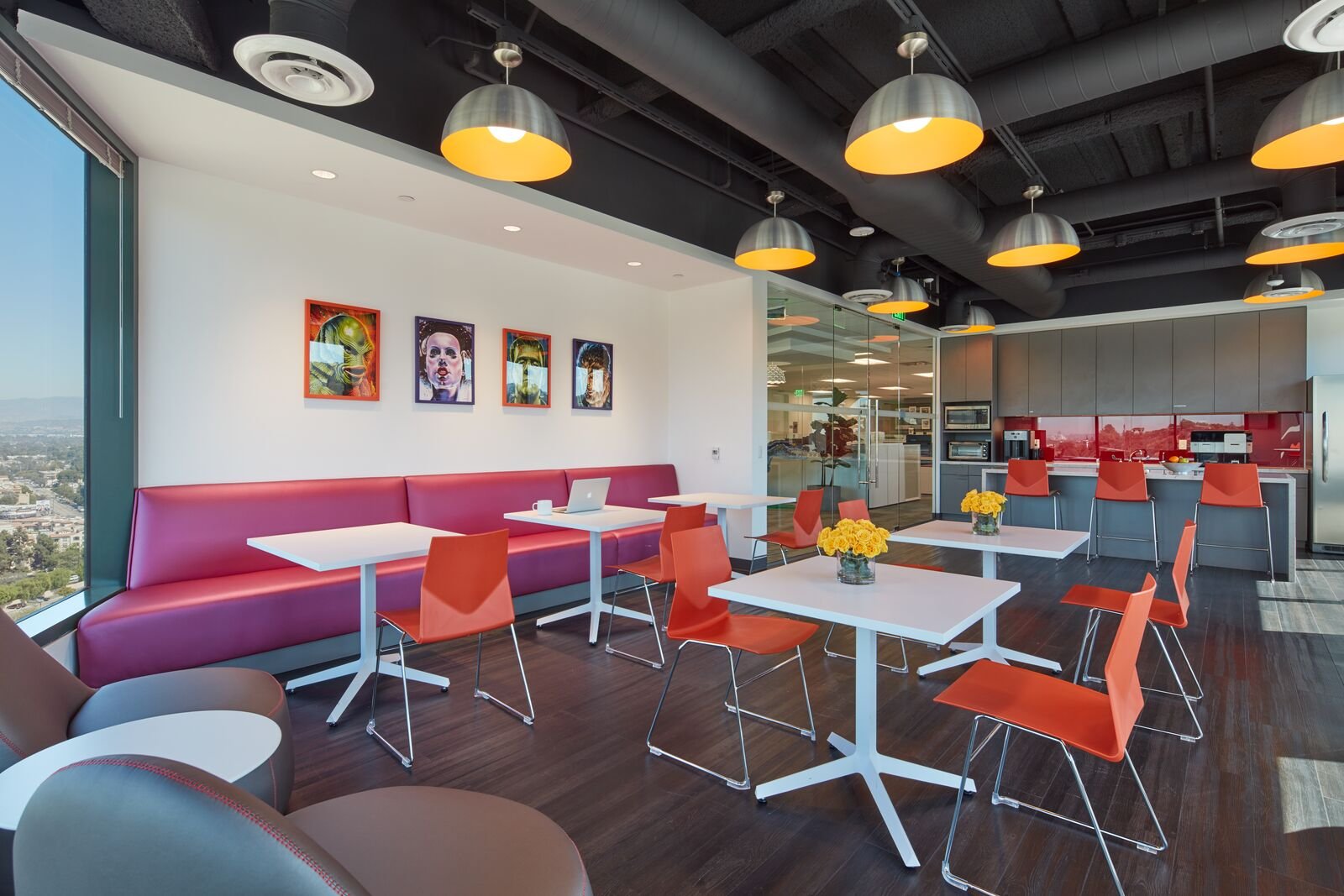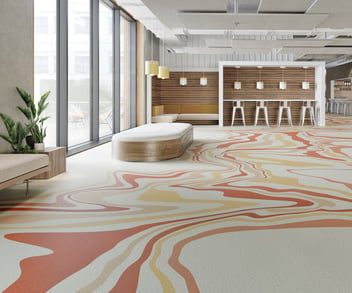
The best workplaces bring together individuals with diverse backgrounds and talents to collaborate and inspire one another. As we know, everyone has their own needs when it comes to what best supports focus, productivity, creativity and wellness.
With an estimated 15-20 percent of the population being neurodivergent, the workplace needs to find ways to ensure people with diverse needs are given equitable opportunities to thrive. “Neurodivergent” encompasses a broad spectrum of traits including autism, dyslexia, ADD/ADHD and more.
Developing and maintaining a workplace that is thoughtfully suited to support all employees should be top-of-mind for facility managers invested in a workplace that is as uniquely functional as the individuals within it.
Omoleye Simmons, vice president of design for Tarkett, notes that attention to workplace design that pays due credit to supporting a diverse range of employees is more than a trend—it’s an important paradigm shift.
“Rising attention on employees’ mental health and the needs of neurodiverse thinkers has shown that a workspace can either help employees thrive or detract from their great potential,” she says. “Whether neurodiverse or neurotypical, our community benefits from environments that can calm our minds for deep work or energize us for interactive collaboration. To achieve this balance, a variety of workspaces and design treatments is essential to give employees options.”
Facility managers are uniquely positioned to observe, know and understand a variety of employees and each of their specific characteristics and needs. Most workplaces share common threads, though, and below are three key, manageable factors that can make a facility more inclusive for all employees.
1. Sound
Consider soundproofing and selecting surfaces that reduce distracting noise. It can be difficult to stay focused and maintain productivity when constant sounds pull your mind away from work. Facility managers can strategically carpet and/or furnish spaces to enhance acoustic focus. Small phone booths and private offices for general use can help employees find a quiet place to work away from busy corridors and other interruptions. 
2. Sight
While some workers may require minimal visual distractions to be productive, others may crave visual stimulation for creativity. As Simmons explained, balance is key. Workplaces as a whole should offer a variety of work settings for their employees: Some spaces may be limited in décor and offer a peaceful, blank slate for concentration and communication, whereas other spaces may incorporate color and textures that spur imagination and inspiration. Spatial dividers and frosted glass partitions can be a good “happy medium” for balancing the sense of light and openness while reducing visual distractions. Keeping spaces organized and tidy is an easy way to keep all workers feeling productive.

3. Smell
Some folks can be susceptible to olfactory sensitivity. Maintaining a clean space with healthy IAQ and neutral scent is key to maximizing comfort within a space. This can be achieved through routine maintenance and cleaning, as well as by mindfully selecting cleaning products with little to no harsh chemicals or fragrances. Culinary odors can be distracting as well, so enclosing kitchen areas can help prevent lunchtime smells from wafting into nearby workstations.

Neurodivergent employees bring a diverse set of valuable skills and talents to the workplace. An important way to engage the entire team is to offer a variety of work environments, allowing everyone to choose the space that meets their specific needs for the task at hand. In addition to supporting individual performance, the fluid use of these spaces also encourages interaction between and across teams—bringing a dynamic energy to the office that builds teamwork and creativity.
Editor's Note: This blog is in collaboration with IFMA's Corporate Sustaining Partner, Tarkett. As the director of workplace segment markets for Tarkett North America, Derrell Jackson leads the organization’s strategic planning for market growth in corporate offices, life sciences and multi-family projects. He believes collaboration is the key to any organization’s success and is passionate about supporting Tarkett customers with the research and design strategies needed for evolving the future of workplace environments.














